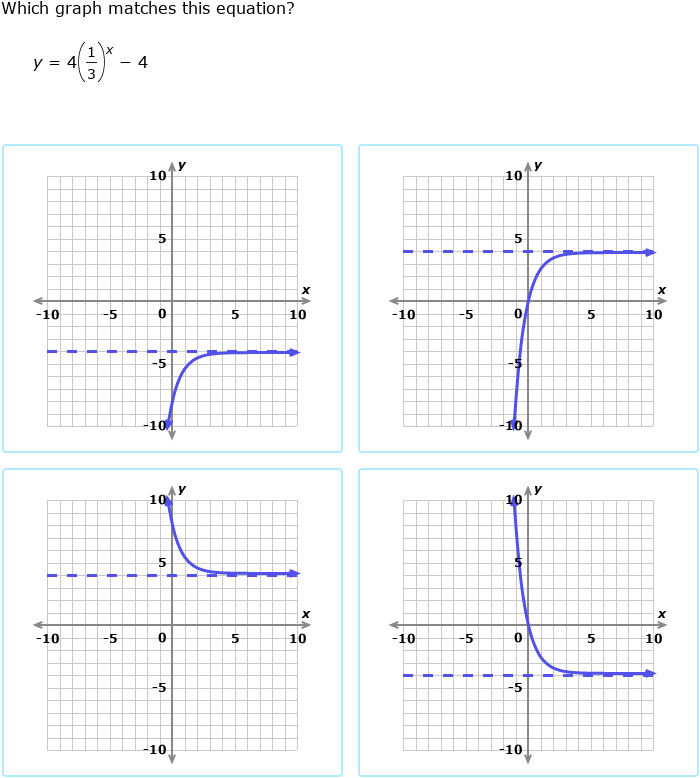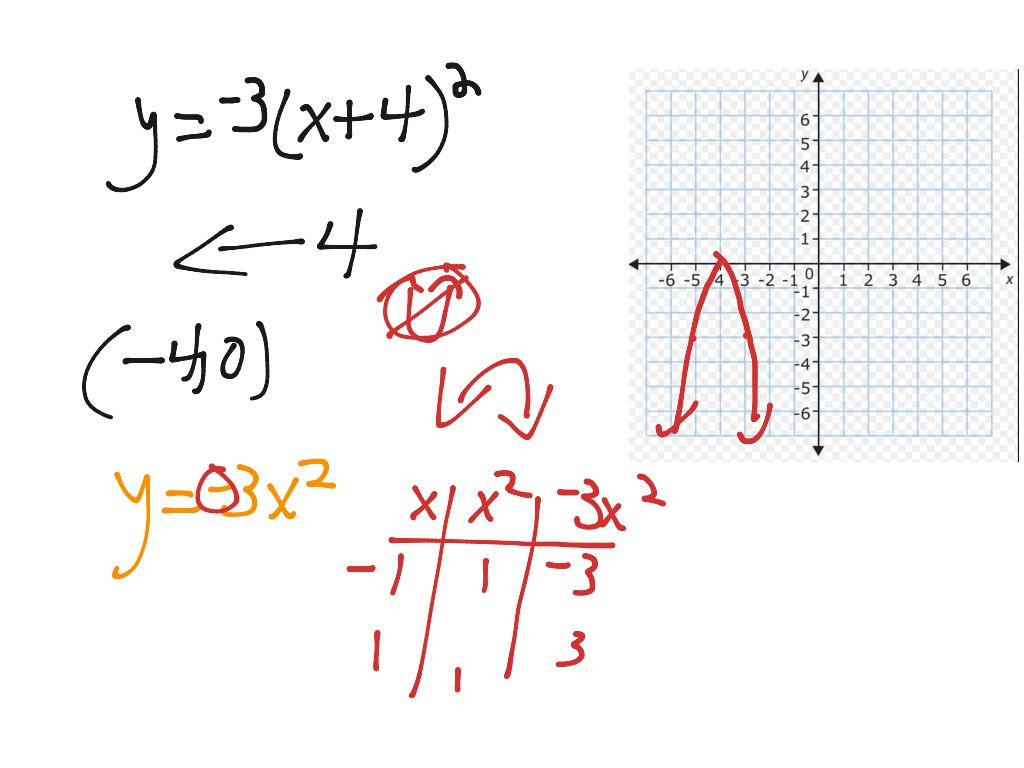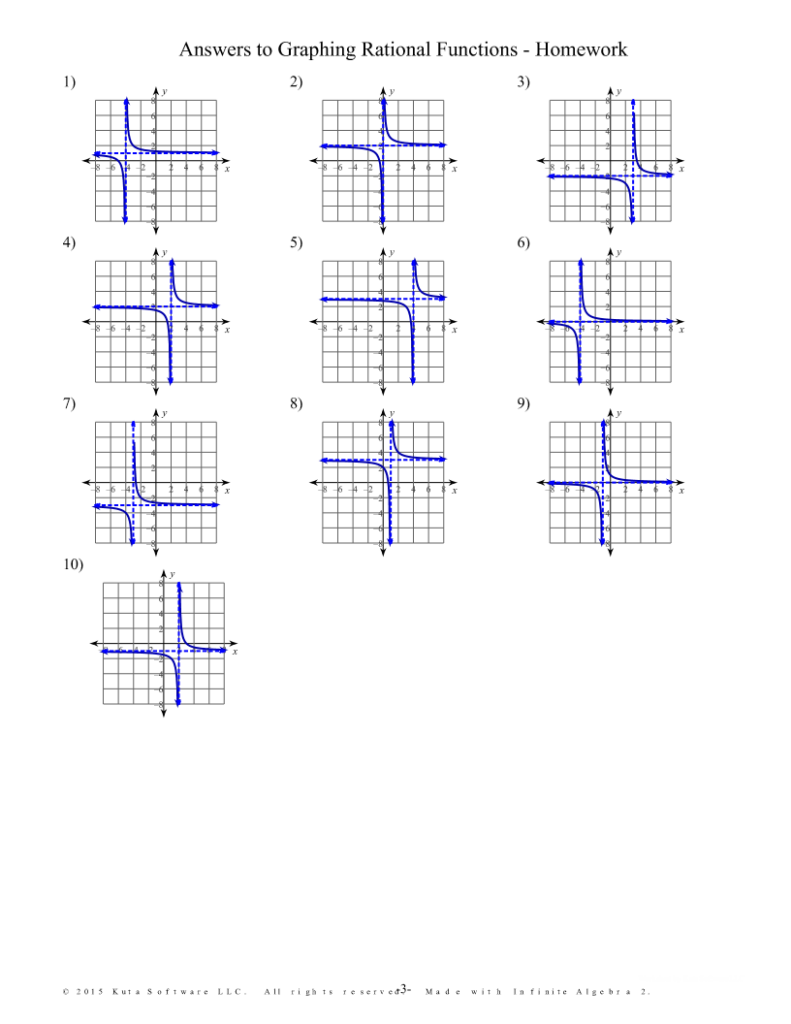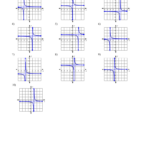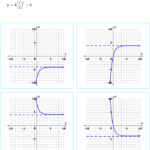Graphing Exponential Functions Alg 1 Worksheet – If you’re looking for graphing functions worksheets, you’ve come to the right place. There are several different types of graphing functions to choose from. Conaway Math offers Valentine’s Day-themed worksheets with graphing functions. This is a great way for your child to learn about these functions.
Graphing functions
To analyze data and create graphs, graphing functions worksheets can be used. Students will be able to use graphing functions worksheets in order to solve problems and compare data. They will also learn about the different types of graphs. Some worksheets are focused on graphing inverse relations and functions. For example, one worksheet shows the graphs of a function, while another includes graphs of a function and the inverse of its domain.
The first step to graphing a function involves identifying the x-intercept or y-intercept. Then, students must complete the input-output table. They will then graph the function.
How to identify their shape
One of the first steps to graphing functions is to identify their shapes. In general, functions take positive values. If x=2, the graph of f(x) will take positive value, and if x=1, the graph of k(x) will take negative value.
Different functions can have graphs with similar shapes. However, they may have different shapes. A graph of a function can be identified by its domain, range and x-intercepts. You can then use this graph to calculate the values of the function.
Identifying their property
Two basic properties of graphing functions are a domain (or range) and a range (or range). A real function has a domain and range of R. For example, y=3x is a real function. One-to-one functions have one output value for every input value.
A continuous function has no jumps in its graph; instead, its values approach the value of x at every point. Open intervals are the opposite. An open interval is one that stretches from negative to positive. A graphing function may have multiple intervals of its domain.
When x is replaced by a negative number, an odd function will have an inverse. Its inverse is f(-x). An example of an odd function is a trigonometric sine function. It is also called a cosecant or trigonometric sine function. It is possible to graph a linear function with a computer algebra system. This allows you to examine the properties of a function. You can then model the function by building a computational model of it.
Identifying their asymptotes
When graphing functions, it is important to identify their asymptotes. The horizontal asymptote is a function whose denominator equals zero. You should search for a vertical asymptote if the denominator does not equal zero. You should avoid this type if possible. Horizontal asymptotes can be identified by performing a high-order term analysis.
The asymptote of a function is the point at which the function reaches its maximum value. This will cause the graph to be either vertical or horizontal. Horizontal asymptotes will be marked by vertical dashed lines. Graphing a function with a zero denominator can result in asymptotes so close to each other that it is difficult to distinguish between them.
A rational function can be graphed in the same way as a linear function. You will have to compare the degree of the denominator with the degree of the numerator.
Identify their vertex
Identifying their vertex is important for students to understand a graphing function. Students must be able to determine the vertex of a graph by its x and y values. The point at which the x- and y-values meet is called the vertex of a parabola.
Students must identify the vertex when graphing quadratic functions. Then, they must convert the quadratic function’s standard form to its vertex form. They should also be able to locate the zeros in the quadratic functions. These graphing worksheets help students understand quadratic functions.
